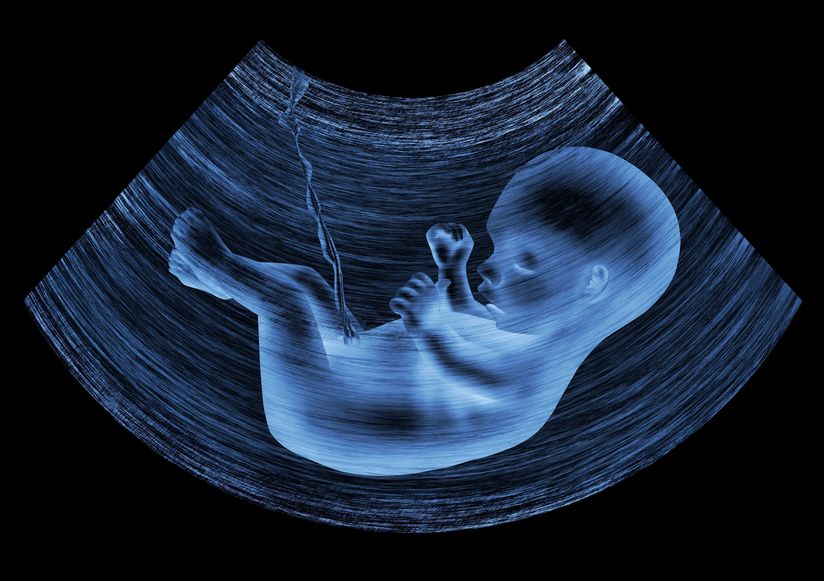Mobile delivery rooms can provide valuable services to maternity services under strain
Nothing is quite as emotive as the image of a new-born baby and its mother. There is a level of expectation around pregnancy and childbirth – that there will be high standards of care and that the process will be safe.
Making sure that expectant mothers and their babies receive the best possible care and support during labour and delivery is, of course, a vital component of any healthcare service. It is one that healthcare professionals strive to offer at all times, no matter the constraints they are working under.
Health services are reliant on a number of factors for that necessary quality service – not least highly trained, specialist staff and clean and safe spaces for care.

Expectant mothers and their babies deserve the highest level of care, whatever the circumstances going on around them. Image: ??? ????????|123rf
Because of this, maternity services can be the first to come under strain. This might happen when there are changes to a population, or where maternity services are, or can be, delivered; all of which may happen for a variety of reasons.
Take increasing urban populations and declining rural populations, coupled with decreasing health budgets. Some government and health services simply cannot afford to have maternity services serving every population. There is also, in some areas, a lack of obstetricians and midwives working rurally or in less populated areas.
So maternity services are increasingly focused on the areas of most demand (towns and cities), while local, smaller services are closed – this leaves expectant mothers with a longer journey to access delivery suites. But this is just one of multiple impacts.
There is also pressure on the remaining services to meet increased demand, which may be unpredictable and difficult to plan for. This means that they need extra, highly trained staff to help deliver the additional babies and support their mothers’ needs during this unpredictable time. They need extra equipment and, obviously, extra space. None of these are easy to come by.
This leads to the unfortunate situations of expectant mothers being moved from one hospital to another as there is no space in labour wards, or havingto give birth in the car park, or on a trolley in ER because there are no delivery rooms available. In some cases, their partner or mother have had to assist with the birth because there aren’t enough midwives. All of those elements naturally make birth a riskier procedure, something that all health professionals wish to minimise.
Displaced communities also face similar issues. According to the United Nations High Commissioner for Refugees (UNHCR), reproductive health care is among the crucial elements that give refugees (of which there are more than 20 million worldwide) the basic human welfare and dignity that is their right.
Babies don’t stop being expected or being born just because a natural hazard or human-caused disaster has befallen a community, a region or a country, or if the designated hospital wards, delivery suites or even whole hospitals are out of commission for any reason. We may not want or choose them to be, but babies are born in refugee camps, they are born in the open, they are born wherever they will be born.
Many will recall the image of a recently-delivered mother cradling her new-born baby atop a tree during the devastating floods in Mozambique in the 1990s; an occurrence that was repeated in the same country in April this year when rising flood waters cut people off from medical help.
While those may be extreme circumstances, being able to plan anything in regards to birth is a luxury, and one which the team at Wilhelmina Hospital Assen (WZA) in the Netherlands, fully embraced.
It was faced with the prospect of multiple rural or remote maternity services closing in a planned programme owing to a lack of available obstetricians and midwives. The hospital’s staff knew they would need to increase their capacity for mothers travelling from further afield to deliver their babies.
So the hospital turned to a mobile solution provided by Q-bital, which designs and builds mobile healthcare solutions, to create a mobile delivery room.
The mobile solution helped the hospital continue to maintain the level of clinical obstetrics support available for pregnant women in the area following the closure of obstetrics and paediatric services in Hoogeveen and the closure of the services in nearby Stadskanaal.
As a result of the closures, an increased demand for maternity services was expected in Assen and Emmen. The WZA prepared by expanding its capacity through the introduction of the mobile solution as an additional delivery room.
The Q-bital unit was in place for around 26 weeks and served as a fourth delivery room. It was customised to ensure that it met the hospital’s requirements and that it provided a safe and welcoming place for mothers to go into labour and give birth. A total of 125 babies were born in the unit.
A mobile solution such as this could also feasibly be used in displaced communities. It would give expectant mothers and their babies, as well as the medical professionals trying to give them the best and safest possible childbirth experience possible, protection from the elements and a high-quality, safe and clinically appropriate environment within which to deliver their babies.
Births, like so much in life, will remain unpredictable. However, being prepared for both the expected and the unexpected, could help to ensure that mothers and their new-borns receive the standard of care we would all expect.
Ruth Wozencroft, 07/06/2019